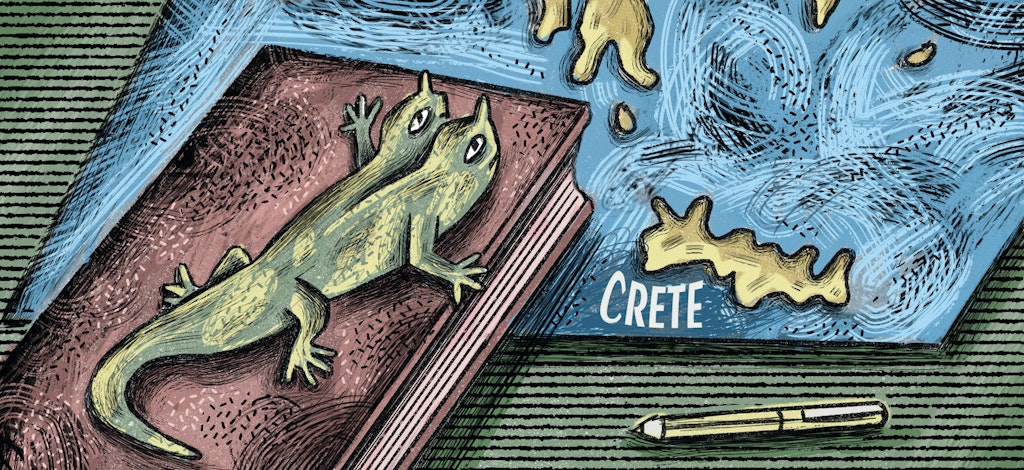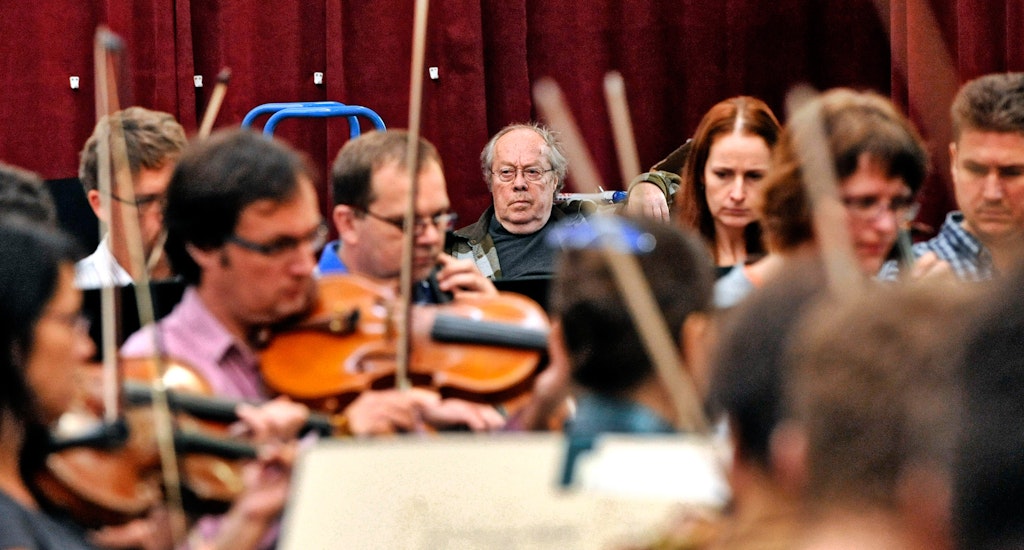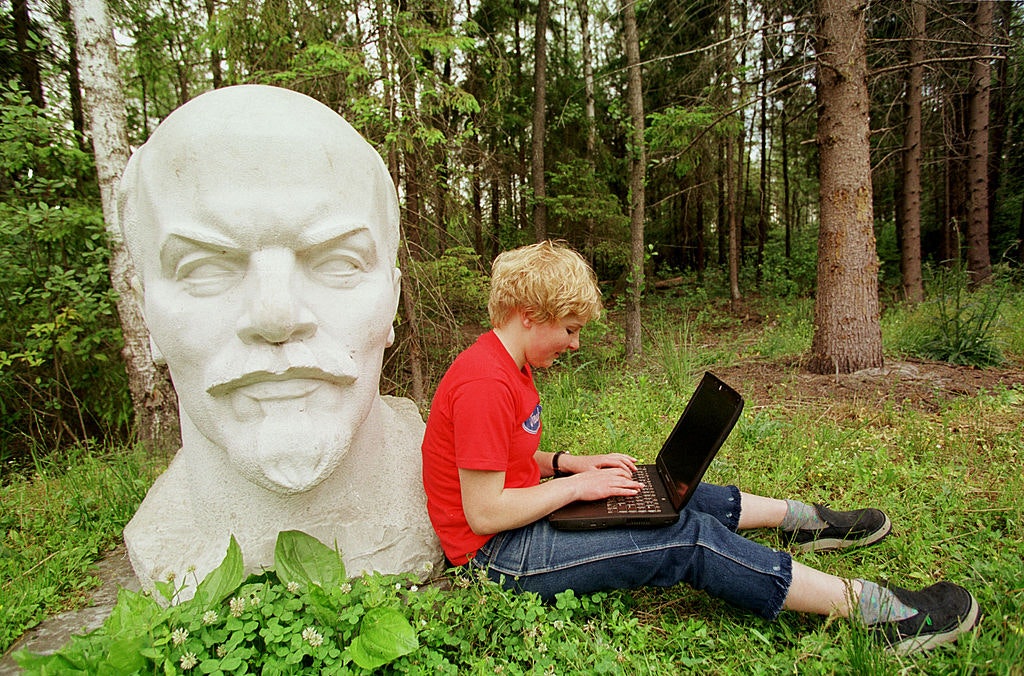Day of the junta
Political thrillers from South America
This article is taken from the November 2022 issue of The Critic. To get the full magazine why not subscribe? Right now we’re offering five issues for just £10.
The Chilean military junta headed by General Augusto Pinochet (1973 to 1990) and the Argentine military junta headed by Lieutenant General Jorge Videla (1976 to 1981) continue to provide a rich source of drama for their respective national cinemas.
1976 (or Chile 1976 in the United States) is a well-paced political thriller. Manuela Martelli, an actress who co- wrote the screenplay with Alejandra Moffat, and who directed the film, never knew her maternal grandmother, an art school graduate who died in 1976, but she used her as inspiration for the film’s protagonist, Carmen, another grandmother and the elegantly dressed wife of a society doctor in Santiago. Played with a subtle intensity by Aline Küppenheim, Carmen is a brittle, neurotic woman, who smokes, takes medication, and once had a nervous breakdown of some sort. She now does charity work, reading to the blind.
The lesson of Carmen’s story is that a police state foments a framework of fear in the citizen’s mind so that citizens end up policing themselves
In the opening scene, we watch some paint being mixed close up. Carmen is choosing a shade of pink to match a postcard of a Venetian sunset when we hear noises off : a young woman cries out that she is being taken away and there is the sound of a car driving off .
When Carmen emerges from the paint store, she finds one of the abducted girl’s shoes under a car. Pinochet’s murderous regime — it is known to have killed 3,000 people — is a sinister off-screen presence throughout 1976, a threat that is feared and imagined as much as it is experienced directly.
Carmen has been choosing paint to redecorate her family’s holiday home in the coastal town of Las Cruces. While on a visit there, the local priest, Father Sanchez, aware that she has been a nurse and knowing she has some liberal feelings, persuades her to care for a young man suffering from a gunshot wound who is hiding out in the local church.
Carmen dislikes the regime, but is no rebel herself. During a yacht trip she overhears her husband boasting to a friend about how he has benefited from business deals as a result of Pinochet’s regime. Her reaction is to throw up, though she pleads seasickness as the cause.
She suspects she is being followed and that her phone is being tapped, and when her identity papers go missing after a break-in at the holiday home she worries that the authorities are on to her. The lesson of Carmen’s story is that a police state foments a framework of fear in the citizen’s mind so that citizens end up policing themselves.
There is an unnerving score by Mariá Portugal, which uses synthesisers from the 1970s to create its effects. Like her grandmother, Martelli went to art school and the film is notable for its use of colour to transmit a mood of materialistic self-satisfaction.

Santiago Mitre’s Argentina, 1985, set in the aftermath of that country’s junta, concerns the prosecutors Julio Strassera and Luis Moreno Ocampo, who put the members of the junta on trial for murder, kidnapping, and torture.
Strassera is given this hot potato by the government, but denied any resources or support, and so he recruits a team of law students not yet weighed down by professional deference. The country still lives in fear of the junta, whom some (Ocampo’s mother, for example) still regard as their patriotic saviours.
First, the lawyers must gather evidence of atrocities from far-flung parts of the country while dodging surveillance and intimidation. Strassera himself suspects his teenage daughter’s boyfriend of being a spy for the military and enlists his own son to spy on his sister.
When they shot the testimony of a fictional victim, the entire crew was crying after the first take
Argentina, 1985 is essentially a courtroom drama and, as with Aaron Sorkin’s The Trial of the Chicago Seven, we know the outcome of the trial: the members of the junta are convicted, with its leader, Videla, sentenced to eighteen years in jail. Nonetheless, the journey is both gripping and emotionally powerful.
The filmmakers were able to use the sala de audiencias where the actual trial took place, and Mitre has intercut some original newsreel footage with fictional scenes. When they shot the testimony of a fictional victim, the entire crew was crying after the first take. After take 15, one extra was still crying. I found myself weeping too, but also enjoying the director’s relaxed humour in other places.
The role of Strassera is taken by Ricardo Darín, one of my favourite actors, who is also credited as a producer. No doubt this was a passion project for him. He plays Strassera as a fundamentally decent man who is still assailed by self-doubt and a certain degree of guilt and paranoia that is left over from his time serving under the regime. Should he have spoken up at the time and risked his own life? Can he, like Argentina herself, come to terms with his low-level complicity and effect truth and reconciliation?
The scale of Argentina’s suffering was ten times greater than that of Chile. Some 30,000 were killed or “disappeared”. The risk is that Strassera will forfeit public sympathy if he fluff s his big speech by misjudging its tone. However, his ultimate charge of “moral perversion” proves to be well founded.
Enjoying The Critic online? It's even better in print
Try five issues of Britain’s newest magazine for £10
Subscribe














